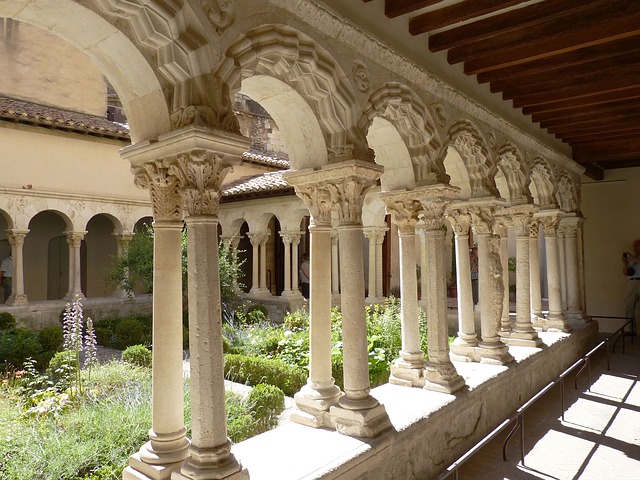I heard an interview on NPR with George R Martin, where he discussed two different types of writers: the gardener and the architect.
He said that he was very much a gardener. He loved treating each character as a seed for him to water and tend to. He expressed having little control over how each seed grew and developed throughout his story. Many of his characters grew into vibrant and interesting individuals, while others grew themselves into corners where they either perished or wrote themselves out of the story.
I think Martin exemplifies this approach, at least through the first couple books in The Song of Ice and Fire. To me, it’s, at the same time, both wonderful and frustrating. I don’t think it’s possible to create something so genuine and organic through a fully structured, architectural approach. In my estimation, Martin constantly surprises his readers largely because he is often surprised himself. Things aren’t deliberately foreshadowed. One can look back at the events and follow the thread to see how a character ‘grew’ themselves into their ultimate resolution, but it isn’t the same as foreshadowing. I guess that would be better described as ‘aftershadowing’… and I don’t think that’s an actual word.
Personally, I think a completely organic approach can often lead to a sprawling story, with several ultimately superfluous storylines. Keeping with the gardening metaphor, if you plant 100 characters into your story and only half of them grow into anything impactful, the pages you spent on the 50 who never panned out can exhaust a reader.
My approach, at least with Citadel of the Fallen, was entirely architectural. The setting and the initial characters all existed in an RPG campaign a number of my close friends played through. They were told at the very beginning of that campaign that I intended to make it a novel… and well… I did.
I still have printouts of those game sessions, complete with monster kill sheets, and scene-by-scene storyboards. Those scenes largely corresponded with chapters for about the first half of the book.
To expand this out to another level, the souls (El’orin) that come to possess each of the main characters were developed from characters that existed in previous game campaigns. The first one (introduced in Chapter 4) was my own original character, back from the late 1980’s, when I ran the game for a few Highschool friends.
Other El’orin were taken from different campaigns, all selected to give me the ability to highlight significant events from different time periods. The world of Citadel of the Fallen is post-apocalyptic, after all. What was the nature of the apocalypse, and what were the events that led to it?
While it’s wonderful to have such a tightly designed plot, I worry about my writing becoming overly structured and essentially shackled to it. To that end, I’ve started practicing a little gardening… in highly contained, structurally secure planting beds, mind you!
I know the arcs of my main characters, but that doesn’t mean their stories are limited to those arcs. And even if they are constrained, this fantasy world can be filled with as many secondary characters as I’m inspired to write.
For instance, Vargus and Felerin, in the table-top campaign, were NPCs. (non-player-characters – ie, personalities that the Game Master exclusively runs) They existed to guard the PCs (player-characters – the main characters… ones that the players of the game govern and build) when they were low level. They were there as a safety valve to let me scare my players with tougher threats. Vargus and Felerin both grew into so much more in book one. Who knows, maybe one or both make it out of book one to continue their growth in book two?
